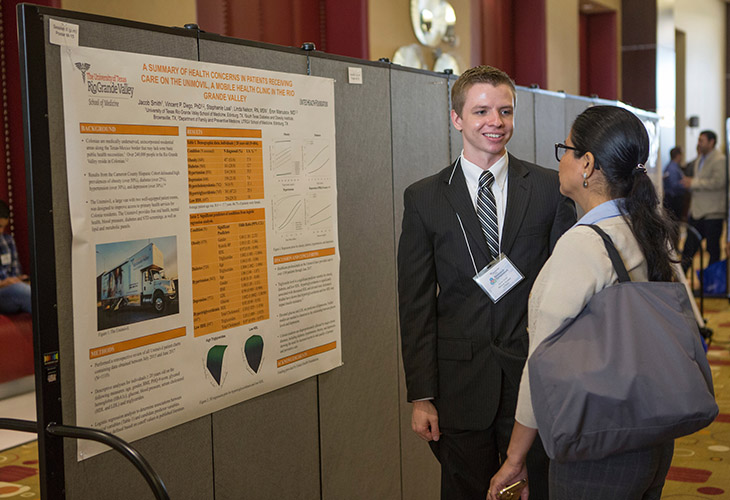Imaging manifestations from critically-ill patients during early spread of COVID-19
Abstract
The coronavirus disease 2019 (COVID-19) started in December 2019 in Wuhan. This article evaluated clinical characteristics and imaging manifestations in Ezhou, an early locked down city, 36 miles east of Wuhan. We analyzed data from 98 confirmed severe COVID-19 patients in Ezhou Central Hospital between February 1st and March 22nd, 2020. We compared patients’ laboratory results, imaging manifestations and treatments between survival and death groups. Of these 98 confirmed COVID-19 patients, 24 individuals (24.6%) had chronic diseases. The main symptoms of critically ill patients were fever (86.7%), cough (83.7%), and dyspnea (59.1%). Common complications were acute respiratory distress syndrome (ARDS; 49%), acute kidney injury (AKI; 37.7%), and multiple organ dysfunction syndrome (MODS; 32.6%). CT scans displayed ground-glass-opacity (GGO) at subpleural regions that were associated with interlobular septal thickening. Within 28 days, 39 COVID-19 patients died. Compared to survivors, the death group had a higher median age (69.8 vs. 61.3, p < 0.05), and were more prone to ARDS (100% vs. 15.2%) and MODS (76% vs. 3.4%). In the early days of the COVID-19 outbreak, there was a high mortality rate in critically ill patients. Elderly patients (> 65 years) have an increased risk of complications and ARDS. Most non-survivors were highly dependent upon mechanical ventilation. CT scans with imaging manifestations showed abnormal conditions in the lower multiple bilateral lung lobes, which provides a useful characterization of this fatal disease by recognizing the COVID-19 pneumonia and assessing its evolution for the target for intervention of the patient recovery.


